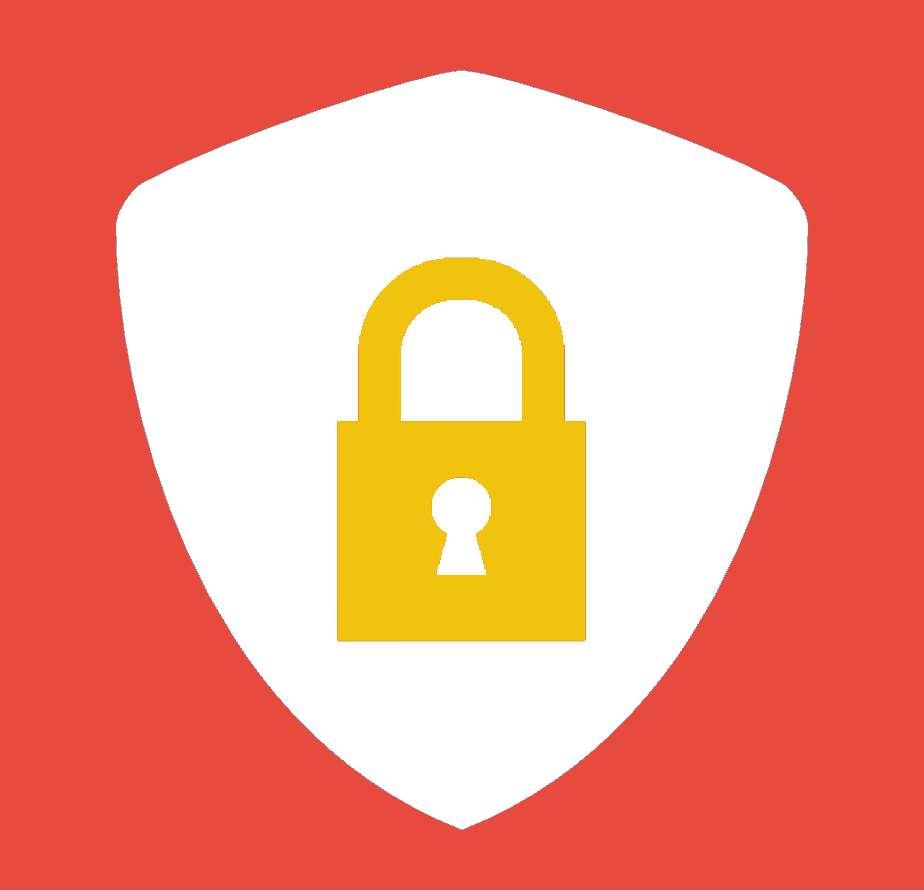I find people who agree with me for the wrong reasons to be more problematic than people who simply disagree with me. After writing a lot about why free software is important, I needed to clarify that there are good and bad reasons for supporting it.
You can audit the security of proprietary software quite thoroughly; source code isn’t a necessary or sufficient precondition for a particular software implementation to be considered secure.
Good article. Thank you. You make some excellent points.
I agree that source access is not sufficient to get a secure software and that the many-eyes argument is often wrong. However, I am convinced that transparency is a requirement for secure software. As a consequence, I disagree with some points and especially that one:
It is certainly possible to notice a vulnerability in source code. Excluding low-hanging fruit, it’s just not the main way they’re found nowadays.
In my experience as a developer, the vast majority of vulnerabilities are caught by linters, source code static analysis, source-wise fuzzers and peer reviews. What is caught by blackbox (dynamic, static, and negative) testing, and scanners is the remaining bugs/vulnerabilities that were not caught during the development process. When using a closed source software, you have no idea if the developers did use these tools (software and internal validation) and so yeah: you may get excellent results with the blackbox testing. But that may just be the sign that they did not accomplish their due diligence during the development phase.
As an ex-pentester, I can assure you that having a blackbox security tools returning no findings is not a sign that the software is secure at all. Those may fail to spot a flawed logic leading to a disaster, for instance.
And yeah, I agree that static analysis has its limits, and that running the damn code is necessarry because UT, integrations tests and load tests can only get you so far. That’s why big companies also do blue/green deployments etc.
But I believe this is not an argument for saying that a closed-source software may be secure if tested that way. Dynamic analysis is just one tool in the defense-in-depth strategy. It is a required one, but certainly not a sufficient one.
Again, great article, but I believe that you may not be paranoid enough 😁 Which might be a good thing for you 😆 Working in security is bad for one’s mental health 😂
Removed by mod
I am tired of people acting like blackbox analysis is same as whitebox analysis.
I was very explicit that the two types of analysis are not the same. I repeatedly explained the merits of source code, and the limitations of black-box analysis. I also devoted an entire section to make an example of Intel ME because it showed both the strengths and the limitations of dynamic analysis and binary analysis.
My point was only that people can study proprietary software, and vulnerability discovery (beyond low-hanging fruit typically caught by e.g. static code analysis) is slanted towards black-box approaches. We should conclude that software is secure through study, not by checking the source model.
Edit: I liked that last sentence I wrote so I added it to the conclusion. Diff.
Lots of FLOSS is less secure than proprietary counterparts, and vice versa. The difference is that proprietary counterparts make us entirely dependent on the vendor for most things, including security. I wrote two articles exploring that issue, both of which I linked near the top. I think you might like them ;).
Now, if a piece of proprietary software doesn’t document its architecture, makes heavy use of obfuscation techniques in critical places, and is very large/complex: I’d be very unlikely to consider it secure enough for most purposes.
Removed by mod
And… you cannot study the closed source software.
Sure you can. I went over several example.
I freely admit that this leaves you dependent on a vendor for fixes, and that certain vendors like oracle can be horrible to work with (seriously check out that link, it’s hilarious). My previous articles on FLOSS being an important mitigation against user domestication are relevant here.
Can you, with complete certainty, confidently assert the closed source software is more secure? How is it secure? Is it also a piece of software not invading your privacy? Security is not the origin of privacy, and security is not merely regarding its own resilience as standalone code to resist break-in attempts. This whole thing is not just a simple two way relation, but more like a magnetic field generated by a magnet itself. I am sure you understand that.
I can’t confidently assert anything with complete certainty regardless of source model, and you shouldn’t trust anyone who says they can.
I can somewhat confidently say that, for instance, Google Chrome (Google’s proprietary browser based on the open-source Chromium) is more secure than most Webkit2GTK browsers. The vast majority of Webkit2gtk-based browsers don’t even fully enable enable sandboxing (
webkit_web_context_set_sandbox_enabled).I can even more confidently say that Google Chrome is more secure than Pale Moon. In fact, most browsers are more secure than Pale Moon.
To determine if a piece of software invades privacy, see if it phones home. Use something like Wireshark to inspect what it sends. Web browsers make it easy to save key logs to decrypt packets. Don’t stop there; there are other techniques I mentioned to work out the edge cases. A great option is using a decompiler.
Certain forms of security are necessary for certain levels of privacy. Other forms of security are less relevant for certain levels of privacy, depending on your threat model. There’s a bit of a venn-diagram effect going on here.
FLOSS being less secure when analysed with whitebox methods assures where it stands on security.
Sure, but don’t stop at whitebox methods. You should use black-box methods too. I outlined why in the article and used a Linux vuln as a prototypical example.
This will always be untrue for closed source software, therefore the assertation that closed source software is more secure, is itself uncertain.
You’re making a lot of blanket, absolute statements. Closed-source software can be analyzed, and I described how to do it. This is more true for closed-source software that documents its architecture; such documentation can then be tested.
Moreover, FOSS devs are idealistic and generally have good moral inclinations towards the community and in the wild there are hardly observations that tell FOSS devs have been out there maliciously sitting with honeypots and mousetraps. This has long been untrue for closed source devs, where only a handful examples exist where closed source software devs have been against end user exploitation. (Some common examples in Android I see are Rikka Apps (AppOps), Glasswire, MiXplorer, Wavelet, many XDA apps, Bouncer, Nova Launcher, SD Maid, emulators vetted at r/emulation.)
I am in full agreement with this paragraph. There is a mind-numbing amount of proprietary shitware out there. That’s why, even if I was only interested in security, I wouldn’t consider running proprietary software that hasn’t been researched.
Removed by mod
He is a security grifter that recommends Windows and MacOS over Linux for some twisted security purposes.
Windows Enterprise and macOS are ahead of Linux’s exploit mitigations. Madaidan wasn’t claiming that Windows and macOS are the right OSes for you, or that Linux is too insecure for it to be a good fit for your threat model; he was only claiming that Windows and macOS have stronger defenses available.
QubesOS would definitely give Windows and macOS a run for their money, if you use it correctly. Ultimately, Fuchsia is probably going to eat their lunch security-wise; its capabilities system is incredibly well done and its controls over dynamic code execution put it even ahead of Android. I’d be interested in seeing Zircon- or Fuchsia-based distros in the future.
When it comes to privacy: I fully agree that the default settings of Windows, macOS, Chrome, and others are really bad. And I don’t think “but it’s configurable” excuses them: https://pleroma.envs.net/notice/AB6w0HTyU9KiUX7dsu
I think you have gotten influenced by madaidan’s grift because you use a lot of closed source tools and want to justify it to yourself as safe.
Here’s an exhaustive list of the proprietary software on my machine:
- Microcode
- Intel subsystems for my processor (ME, AMT is disabled. My next CPU hopefully won’t be x86_64 because the research I did on ME and AMD Secure Technology gave me nightmares).
- Non-executable firmware
- Patent-encumbered media codecs with open-source implementations (AVC/H.264, HEVC/H.265). This should be FLOSS but algorithms are patented; commercial use and distribution can be subject to royalties.
- Web apps I’m required to use and would rather avoid (e.g. the web version of Zoom for school).
- Some Nintendo 3DS games I play in a FLOSS emulator (Citra). Sandboxed, ofc.
That’s it. I don’t even have proprietary drivers. I’m strongly against proprietary software on ideological grounds. If you want to know more about my setup, I’ve made my dotfiles available.
Removed by mod
Removed by mod



